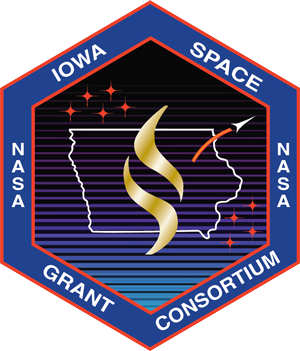What are the current goals of your project?
The second half of the internship is going to be a lot of material fabrication and testing. Once the material sample has been manufactured and created by the shop technicians, my team will do the fatigue testing, tensile / compressive testing, temperature testing, and a wide range of mechanical and thermal testing to ensure the material is capable to withstand application criteria of extremely low temperature and a variety of loading.
What accomplishments has your project made so far?
At the start of my internship, I began by diving into fundamental knowledge on the use of composite materials in aerospace applications for space vehicles, and why they are beneficial compared to metals and other materials specifically for the design of the cryotank. NASA Langley is testing the use of thermoplastic materials compared to previous metallic designs on the cryotank that stores liquid propellants at very low temperatures, so gaining fundamental knowledge on the materials is important. I then started to get trained on testing / analysis methods for these materials including TGA (thermogravimetric analysis) & DSC (Differential scanning calorimetry) in order to evaluate the material properties, as well as general mechanical, thermal, and chemical testing / analysis methods that will also be used.
What impact has this internship had so far?
So far, this internship has given me a different perspective on how research is done at the highest level, and how companies like NASA go about testing ideas and projects that haven’t been done at any other period of time. Due to the nature of the company’s mission of trying to improve spaceflight and space travel, it has shown me that there are many possibilities for a career down the road where I can directly improve that overall goal for my full-time career upon graduation.

